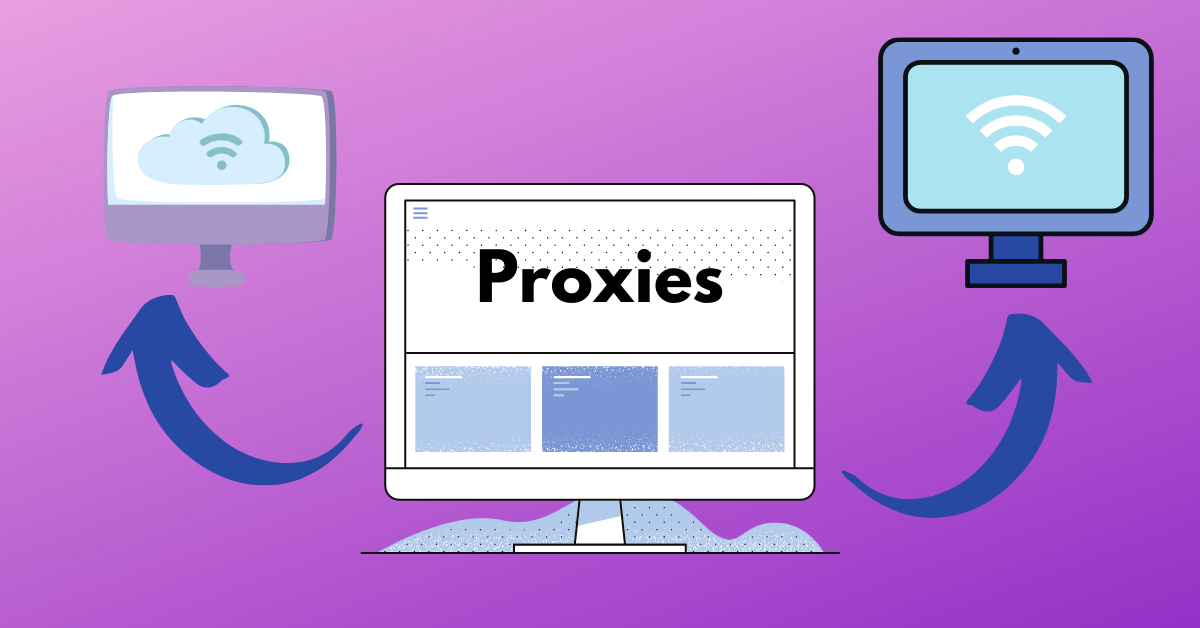
Web browsers can use HTTP proxies, which are proxy servers intended to transmit web traffic. Many different applications on your computer can be configured to use a proxy. In other words, a proxy acts as a gateway between users and the internet. When you connect to a proxy server, all of your web traffic is routed through the proxy server instead of going directly to the website you’re visiting. Most commonly, people use “proxy” to refer to a service they connect to through settings in their web browser. You’ll learn the definition of a proxy server, what types of proxies exist, how they work, and how you can use them. In this article, we’ll clear up any misconceptions you might have about proxies. Given that proxies represent a few different kinds of technology, many people find the distinctions confusing.

Reverse proxies are also how websites handle huge numbers of simultaneous visitors. Like Virtual Private Networks (VPNs) and Tor, proxy servers are ways to gain some privacy while browsing the Internet. When talking about computers, the word “proxy” has lots of different meanings.


 0 kommentar(er)
0 kommentar(er)
